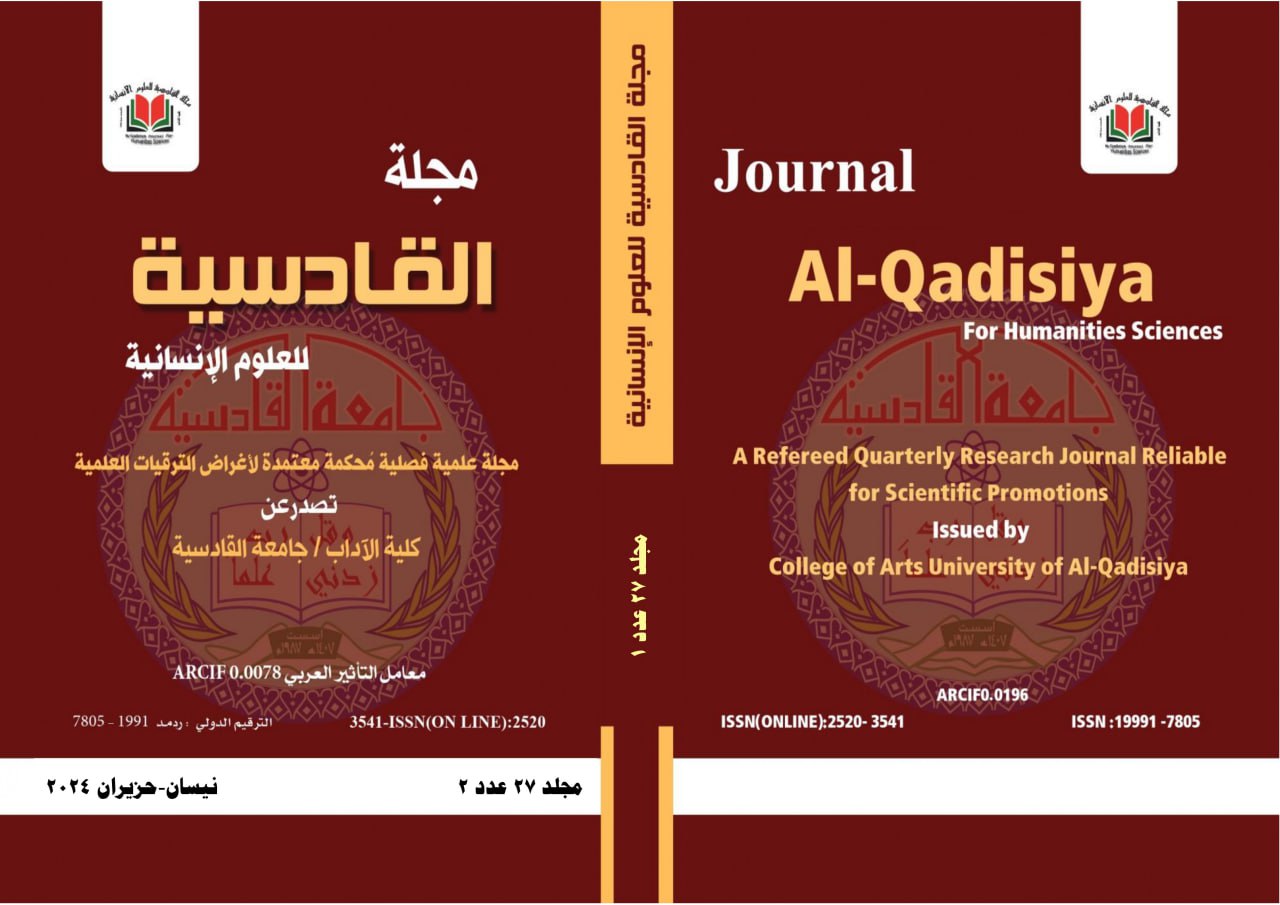Abstract
In both the settler colonial and the Indigenous decolonial discourses, Turtle Island, Canada occupies a central position. Settlers sought to claim ownership and control over Indigenous land by turning it into a colonial urbanized space to erase the Indigenous peoples and their cultures. On the other hand, Indigenous Canadian writers, including Duncan Mercredi, aimed to reclaim their indigenous space by dismantling the colonial space through different strategies. However, disrupting the colonial urban space in Mercredi’s selected poetry in the light of Leanne Betasamosake Simpson’s concept of Biskaabiiyang to reclaim an Indigenous space through cultural resurgence is not yet approached. Thus, this article aims at investigating the decolonizing processes through which Mercredi creates an indigenous space of resistance, resurgence and emergence. The article applies the ideas in Simpson’s Dancing On Our Turtle’s Back: Stories of Nishnaabeg Re-creation, Resurgence, and a New Emergence (2011), specifically the concept of resurgence through Biskaabiiyang which she literally defines as “returning to ourselves”. The article concludes that restoring the Indigenous space is achievable by reconnecting the Indigenous peoples to their land through cultural resurgence which involves revitalizing elements of Indigenous culture such as storytelling, the concept of kinship, drumming and dancing in order to put an end to colonialism.
Keywords
Biskaabiiyang
colonial space
Duncan Mercredi
resurgence
storytelling
Abstract
في كلا الخطابين الاستعماري الاستيطاني وإنهاء استعمار السكان الأصليين، تحتل جزيرة السلاحف (كندا) موقعًا مركزيًا. سعى المستوطنون إلى المطالبة بالملكية والسيطرة على أراضي السكان الأصليين من خلال تحويلها إلى مساحة حضرية استعمارية لمحو الشعوب الأصلية وثقافتهم. من ناحية أخرى، سعى الكُتّاب الكنديون من السكان الأصليين، بمن فيهم دنكان ميركريدي، إلى استعادة حيزهم الأصلي من خلال تفكيك الفضاء الاستعماري باستخدام استراتيجيات مختلفة. ومع ذلك، فإن تفكيك الفضاء الحضري الاستعماري في أشعار ميركريدي المختارة في ضوء مفهوم \"العودة الى انفسنا\" لدى الكاتبة ليان بيتاساموساكي سيمبسون لاستعادة مساحة السكان الأصليين من خلال الانبعاث الثقافي لم يتم التطرق اليه بعد. وبالتالي، يهدف هذا المقال إلى استقصاء عمليات إنهاء الاستعمار التي يخلق من خلالها ميركريدي للشعوب الأصلية مساحة للمقاومة والانبعاث والظهور. يطبّق المقال الأفكار الواردة في كتاب سيمبسون \"الرقص على ظهر سلحفتنا: قصص عن إعادة خلق النيشنابيغ والانبعاث والظهور الجديد(2011) ، وتحديدًا مفهوم الانبعاث من جديد من خلال مفهوم \"العودة إلى أنفسنا\". ويخلص المقال إلى أن استعادة مساحة السكان الأصليين يمكن تحقيقها من خلال إعادة ربط الشعوب الأصلية بأرضهم من خلال الانبعاث الثقافي الذي ينطوي على إحياء عناصر من ثقافة السكان الأصليين مثل سرد القصص ومفهوم القرابة وقرع الطبول والرقص من أجل وضع حد للاستعمار.
الكلمات المفتاحية : \"العودة الى انفسنا\"، الحيز الاستعماري، دنكان ميركريدي، الانبعاث، سرد القصص.
الكلمات المفتاحية : \"العودة الى انفسنا\"، الحيز الاستعماري، دنكان ميركريدي، الانبعاث، سرد القصص.
